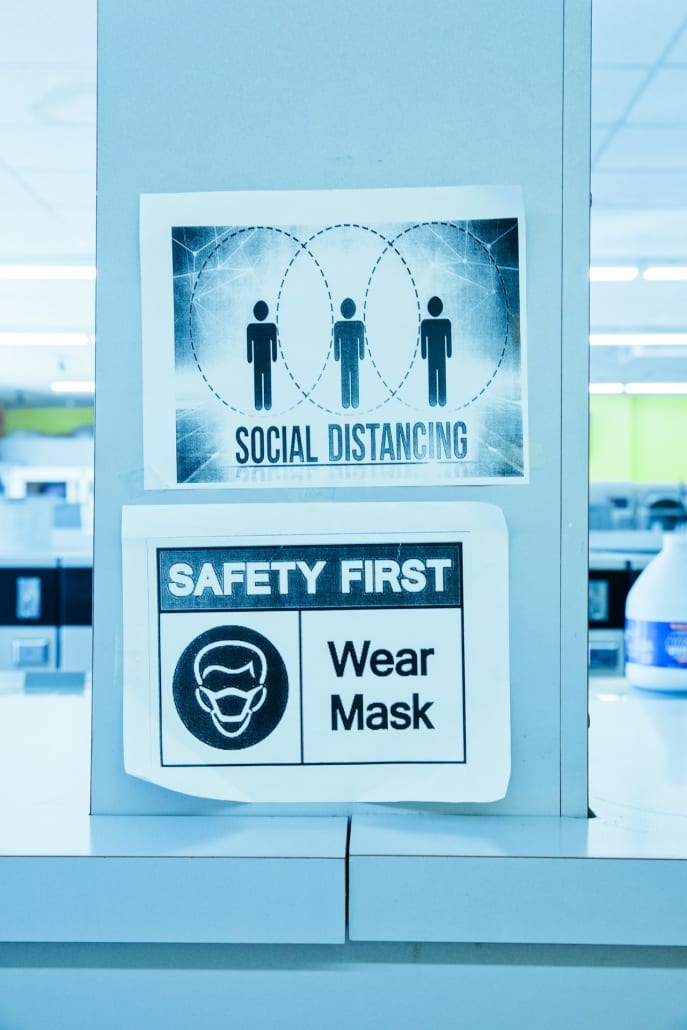Is Your Company Doing These 5 Things to Promote a Safety-First Culture in Logistics?

It can be argued that safety considerations are given greater weight in the logistics sector than in other fields. After all, if safety isn’t prioritized, truckers, delivery personnel, and train or bus drivers endanger the public. The good news is that by following the five guidelines below, your company can promote a safer environment for its employees and the public.
Efficient Communication
Maintaining a culture where safety is prioritized and accidents are avoided requires open lines of communication among all employees. Three-way communication is essential, including both vertical and horizontal directions. To put safety devices like a tachograph into every step of a process, you have to be willing to talk about things openly and honestly.
Constant Learning
It’s essential to put in the time and effort to train well before setting out. Ongoing learning is essential for the development of a safety-first mentality. Things change, and so do people’s memories. It’s wonderful how quickly we make errors if we don’t use them or review them often. Consolidating learning and reducing the impacts of the memory curve can be done with brief, easy-to-understand safety courses that just take a few minutes.
Constructive Feedback
When everyone in your company is concerned about safety, you have a “safety-first” culture. Collisions, near-misses, and suggestions for improvement are all reported. When looking for new or straightforward methods to reduce vulnerability, your drivers, warehouse employees, and packers may provide some of the best ideas. To support the idea that events, near-misses, and suggestions for improving safety are talked about at work, the way to report them must be clear.
Hire Managers
Hire a manager to work late hours after tracking commercial truck fatality rates. When the night shift begins at 11 pm and ends at 5 am, these managers check in with all drivers to ensure they are well rested and aware. By giving them the authority to take charge and prioritize safety even when they are tired or in other potentially dangerous situations, you reduce the chance that any of your employees will be involved in an accident, from warehouse employees to HGV drivers. You can also track them by using a fleet management system from a trusted source like Webfleet.
Quality Assessments
Would it be possible to quickly and accurately evaluate the skills of every employee, and support that assessment with information that is both current and conveniently accessible? It is necessary to provide appropriate HSC training for employees to adhere to both federal and local laws and business policies. However, official certification as evidence of conformity is often only necessary once or rarely. If you want to create a more secure culture, you shouldn’t look to the past for clues about the present.
To Sum Up
When you make a commitment to safety an integral part of your business’ culture, it stops being something you have to think about and starts becoming automatic. The success of the whole company, which depends on the success of each worker, can’t be made to last without first creating a safety culture.


 Every day, people head to work believing they will complete their allotted hours and duties and then go home safely. It’s true that everyone deserves to have a safe working environment, and many businesses take steps to make sure employees are safe. However, many workplace accidents still happen.
Every day, people head to work believing they will complete their allotted hours and duties and then go home safely. It’s true that everyone deserves to have a safe working environment, and many businesses take steps to make sure employees are safe. However, many workplace accidents still happen. Steven L. Blue is the President & CEO of Miller Ingenuity, a global supplier of mission-critical solutions in the transportation industry and author of the new book,
Steven L. Blue is the President & CEO of Miller Ingenuity, a global supplier of mission-critical solutions in the transportation industry and author of the new book,  S. Chris Edmonds is a sought-after speaker, author of the Amazon best seller
S. Chris Edmonds is a sought-after speaker, author of the Amazon best seller